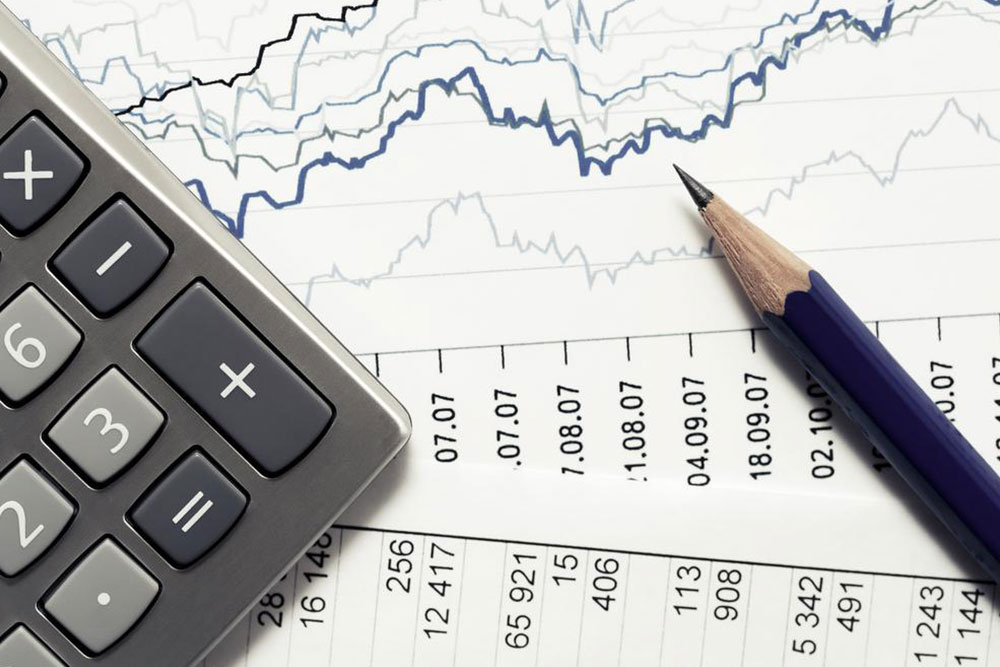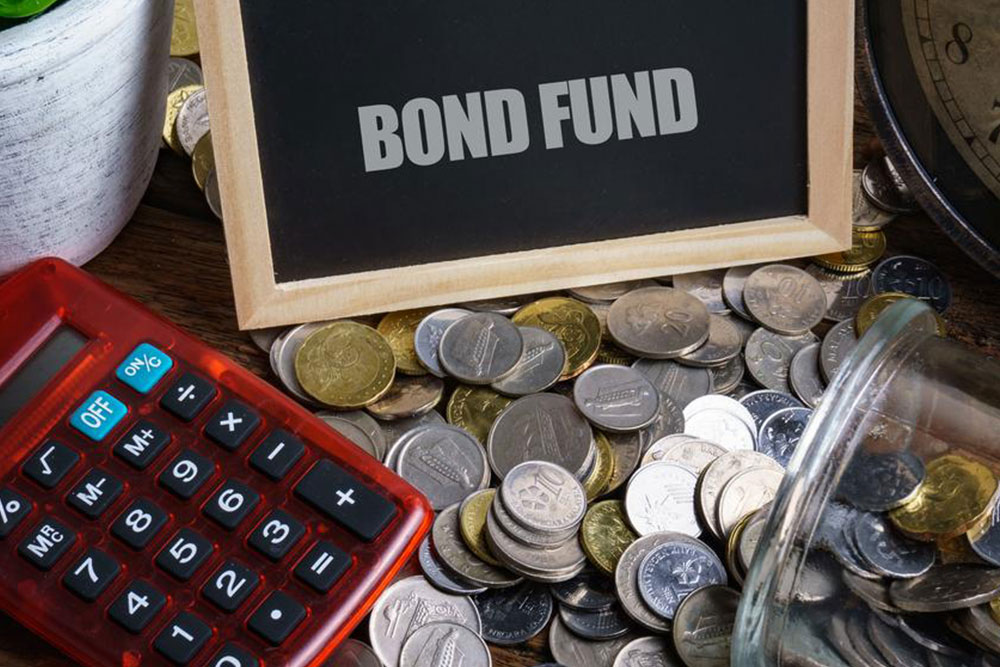Comprehensive Guide to High-Yield Bonds for Investors
This article provides a comprehensive overview of high-yield bonds, explaining what they are, their risks, benefits, and investment considerations. It guides investors on how to evaluate these bonds, understanding their potential for high returns alongside significant risks. Suitable for both beginners and seasoned investors, it emphasizes thorough research and strategic portfolio inclusion for optimal results.
Sponsored

Understanding High-Yield Bonds: A Complete Overview
The securities market offers numerous investment options, with bonds being among the most dynamic. As markets evolve daily, it's essential to stay informed about trends and factors influencing bond investments. If you're new to bonds and seeking clarity on various products, this article focuses on high-yield bonds, helping you deepen your understanding.
What is a bond?
A bond is essentially a loan where investors lend money to entities like cities, governments, or companies, which agree to repay with interest. Bonds serve as funding tools during financial needs, especially when organizations are in debt. Major types include government, corporate, and emerging market bonds. Investors appreciate bonds for capital preservation, regular income, diversification, and hedging against inflation or deflation. While bonds are seen as safer investments, they carry risks, especially in the case of high-yield bonds.
High-yield bonds, also called "junk bonds," are debt securities issued by firms rated below investment grade by major agencies like S&P, Moody’s, and Fitch. Due to their higher default risk, these bonds offer elevated interest rates to attract investors. Companies issuing these are often facing financial hardships or aiming to raise capital quickly. Both start-ups and established organizations may issue high-yield bonds to cover debts or fund expansion. They are riskier investments but can generate substantial returns for risk-tolerant investors.
Deep Dive into High-Yield Bonds
These bonds fall under corporate bonds classified as speculative grade, based on poor credit ratings indicating a higher chance of default. Originating in the 1970s, high-yield bonds gained prominence in the 1980s for leveraged buyouts and mergers. Today, they are widely used by companies at various stages of development, including those with less-than-stellar credit or seeking quick capital. Investors can buy these bonds directly or via mutual funds and ETFs dedicated to high-yield securities.
Risks Associated with High-Yield Bonds
Credit Risk
This is the risk that the issuer may fail to meet payment obligations, especially if the company's financial health deteriorates, increasing default chances.
Economic Risk
During economic downturns, bondholders might sell their holdings, causing bond prices to drop. An economic slowdown can lead to oversupply of bonds and declining values for high-yield securities.
Liquidity Risk
While high-yield bonds are traded frequently, liquidity can vary based on issuer creditworthiness. Selling these bonds in adverse conditions might result in lower sale prices.
Interest Rate Risk
Rising interest rates can decrease bond prices, especially for bonds with longer maturities. Investors should consider bond duration to assess sensitivity to rate changes.
Market Risks
Investors holding high-yield bonds through funds face market volatility and short-term fluctuations, which can impact returns.
Advantages of Investing in High-Yield Bonds
High Income Potential
These bonds offer higher interest payments compared to investment-grade and government bonds, making them attractive for income-focused investors, especially during favorable economic periods.
Priority in Bankruptcy
In cases of issuer insolvency, high-yield bondholders are paid before equity holders, providing a level of security despite the higher risk.
Portfolio Diversification
Adding high-yield bonds can diversify investment exposure across industries and sectors, including some not accessible via traditional assets.
Potential for Capital Growth
If economic conditions improve, credit ratings may upgrade, leading to price increases and capital gains for bondholders.
Shorter Maturities
Typically maturing within 10 years, high-yield bonds can offer higher returns during economic recovery phases, especially if callable features are utilized.
Investor Guidance on High-Yield Bonds
Before investing, conduct thorough research. Review the issuing company's prospectus, which includes vital details on financial health, covenants, and repayment terms. Recognize that high-yield bonds, as hybrid assets, pose risks that can outweigh diversification benefits. Assess your financial situation, risk appetite, and investment objectives carefully. Consulting a financial advisor can provide personalized insights. Novice investors should approach with caution, gradually considering high-yield bonds as they gain experience in the bond market.





